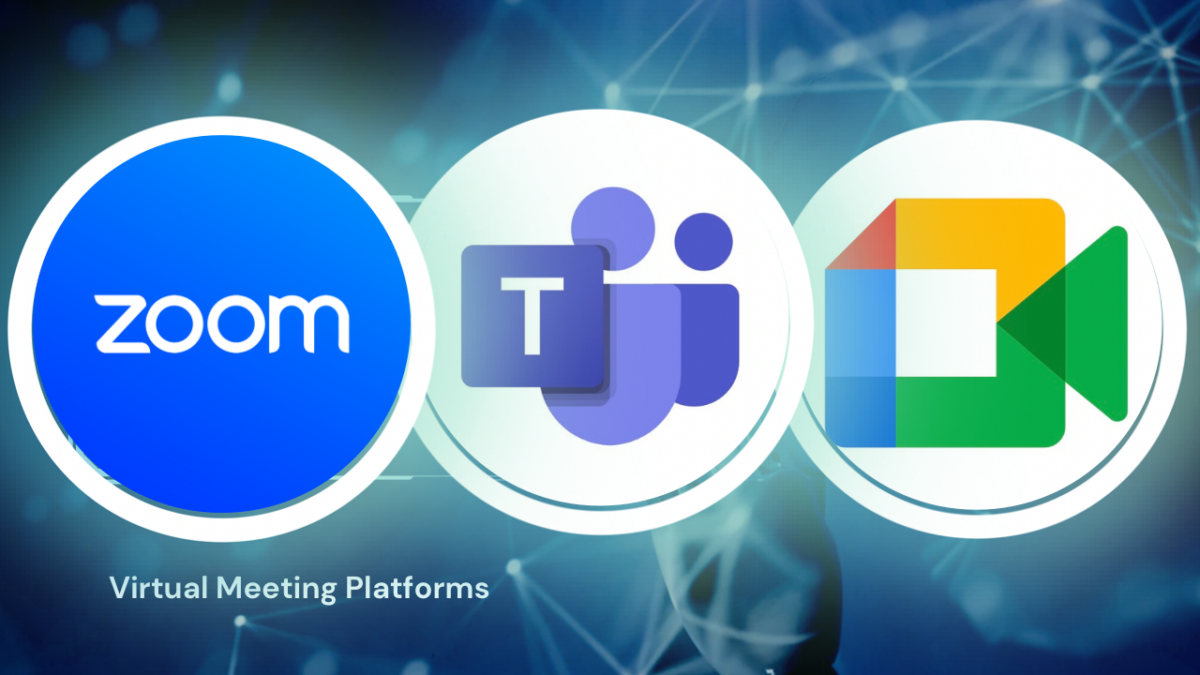Zoom, Google Meet, or Microsoft Teams: Choosing the Right Virtual Conference Platform
The rise of remote work and virtual events has led to a plethora of video conferencing platforms. While Zoom, Google Meet, and Microsoft Teams are among the most popular choices, selecting the ideal platform for your virtual conference requires careful consideration. This article will delve into the key features, strengths, and weaknesses of each platform to help you make an informed decision.
Understanding Your Conference Needs
Before diving into platform comparisons, it’s essential to define your specific requirements. Consider the following factors:
- Number of attendees: How many people will be attending your conference?
- Type of event: Will it be a webinar, panel discussion, or interactive workshop?
- Desired features: Do you need breakout rooms, live Q&A, polling, or advanced analytics?
- Integration needs: Will the platform integrate with other tools you use (CRM, marketing automation, etc.)?
- Budget: What is your allocated budget for the platform?
Zoom: The Virtual Conference Pioneer
- Strengths:
- Weaknesses:
Google Meet: Security and Simplicity
- Strengths:
- Weaknesses:
- Fewer advanced features compared to Zoom
- Limited customization options
Microsoft Teams: Collaboration Hub
- Strengths:
- Weaknesses:
Feature Comparison
| Feature | Zoom | Google Meet | Microsoft Teams |
|---|---|---|---|
| User Interface | Intuitive | Simple | Complex |
| Security | Improved, but past concerns | Strong focus | Enterprise-grade |
| Features | Extensive | Core features | Comprehensive |
| Integration | Strong | Good with Google ecosystem | Deep integration with Microsoft 365 |
| Pricing | Tiered pricing | Free for personal use, paid for enterprise | Included in Microsoft 365 plans |
Making Your Decision
Ultimately, the best platform for your virtual conference depends on your specific needs and priorities. Here are some general recommendations:
- Small to medium-sized events with a focus on ease of use: Google Meet or Zoom
- Large-scale conferences with complex requirements: Microsoft Teams
- High security and privacy concerns: Google Meet
- Strong emphasis on collaboration and productivity: Microsoft Teams
It’s also advisable to test multiple platforms with a small group before making a final decision. Consider factors such as audio and video quality, screen sharing capabilities, and overall user experience.
